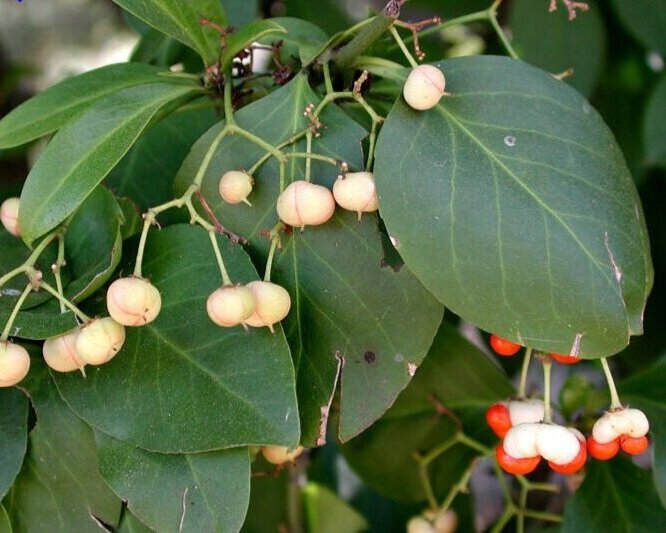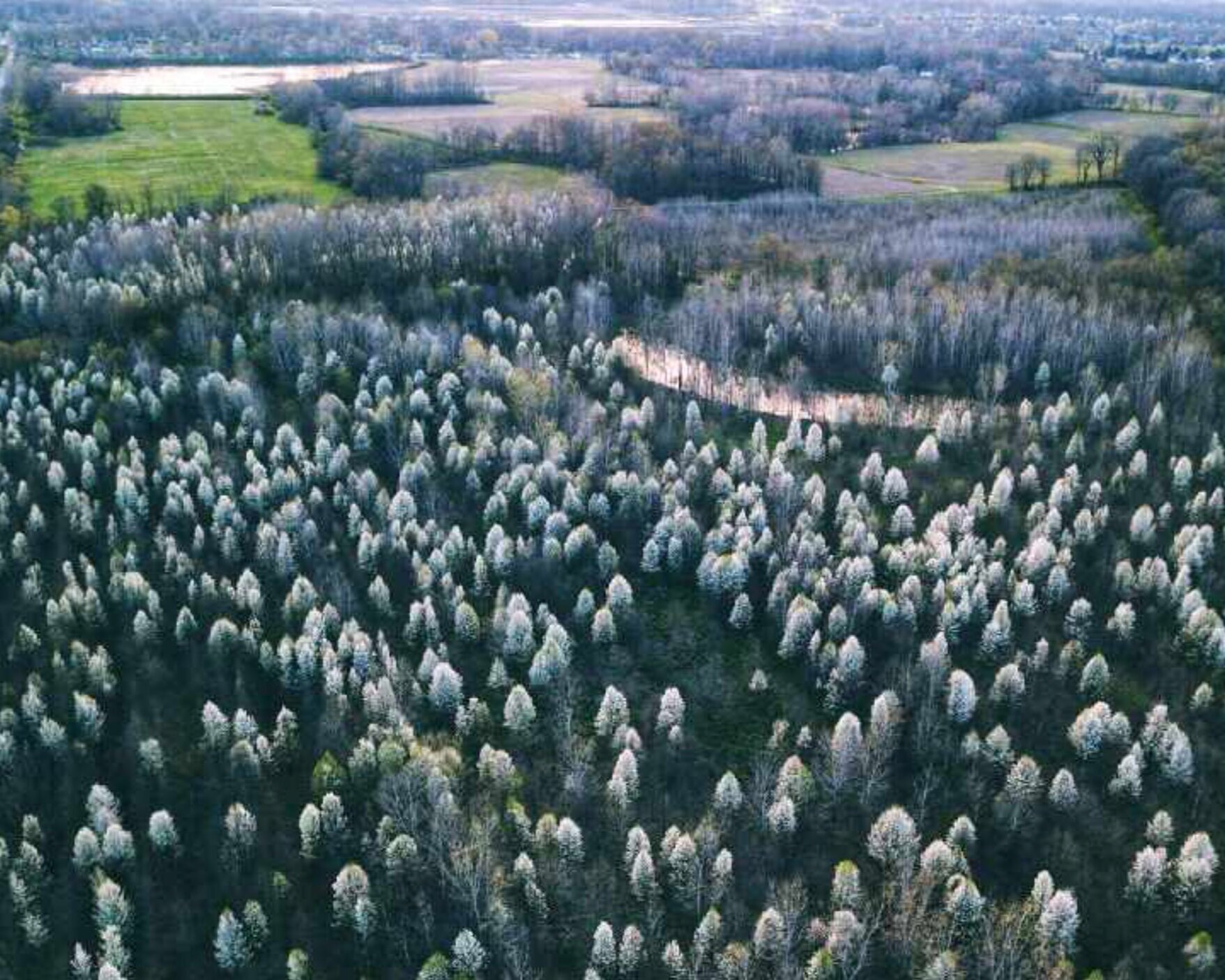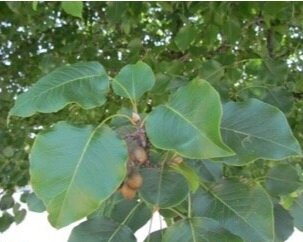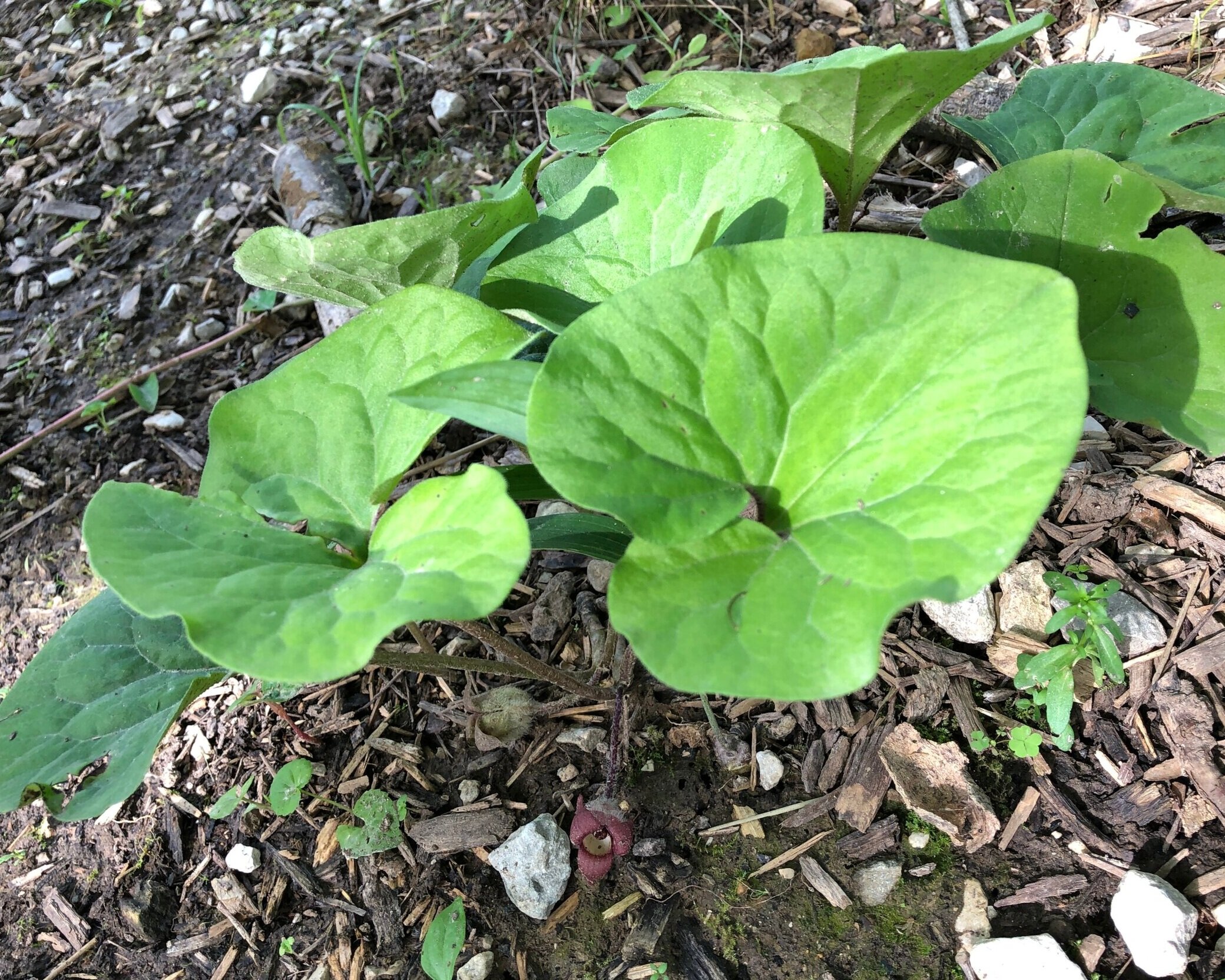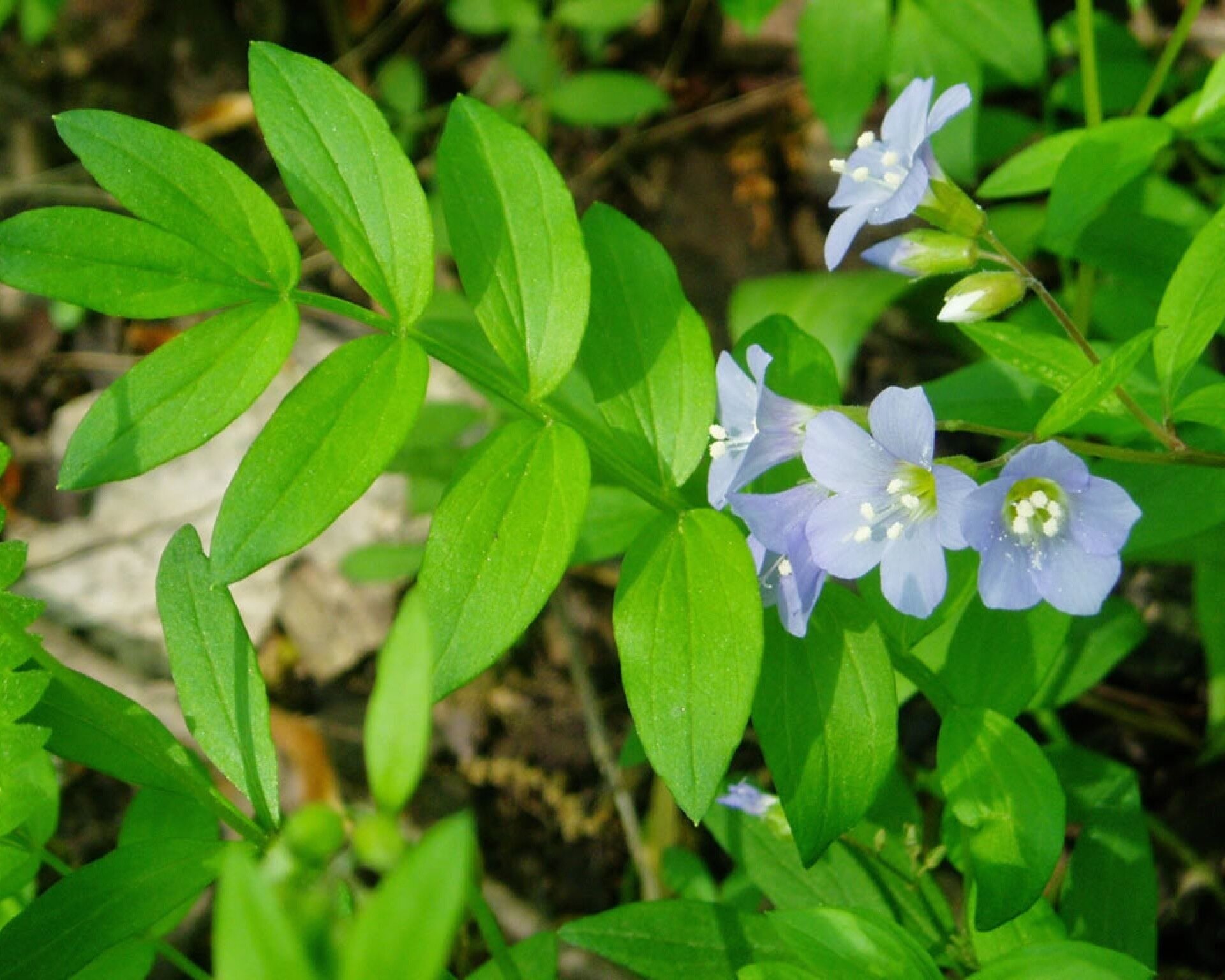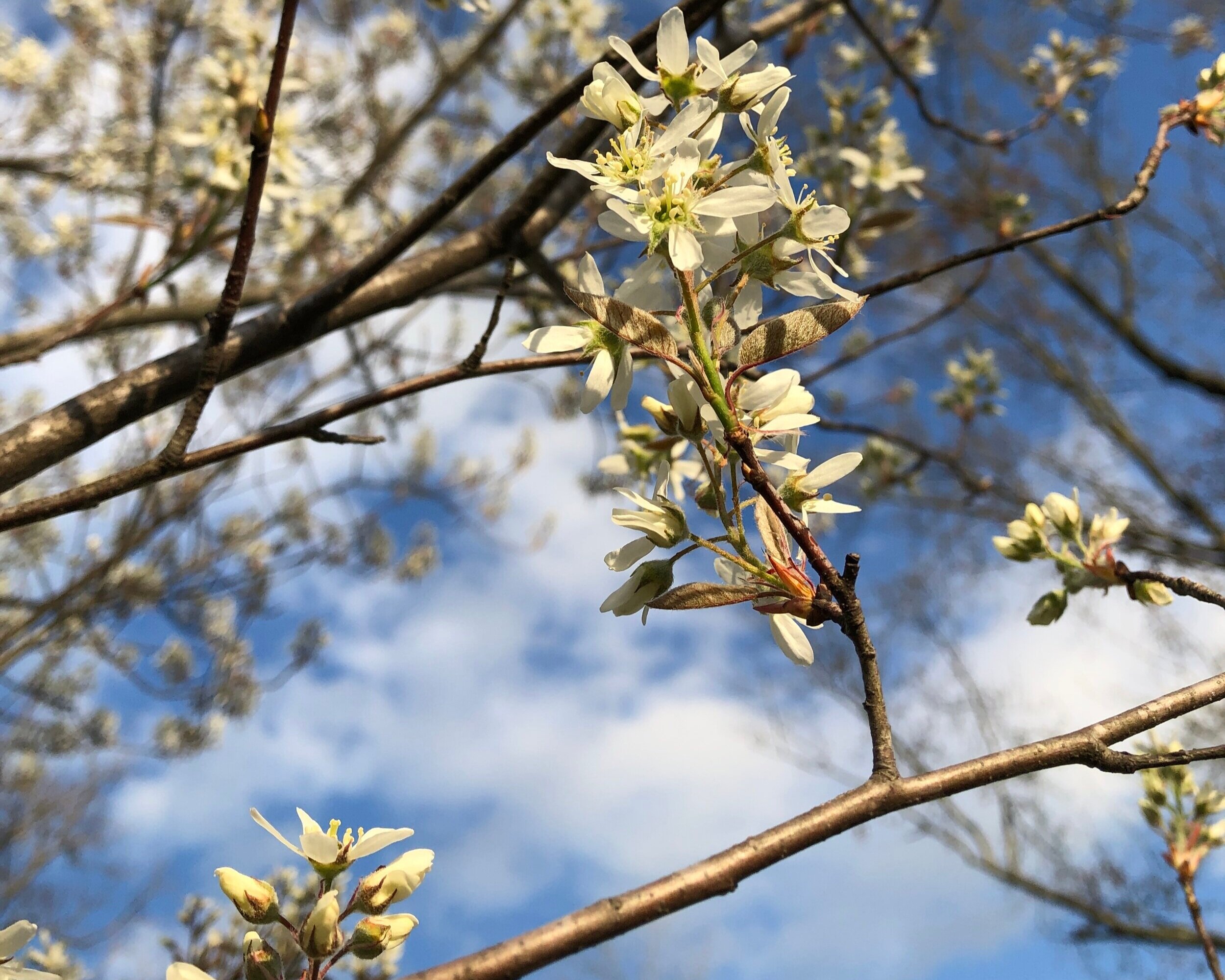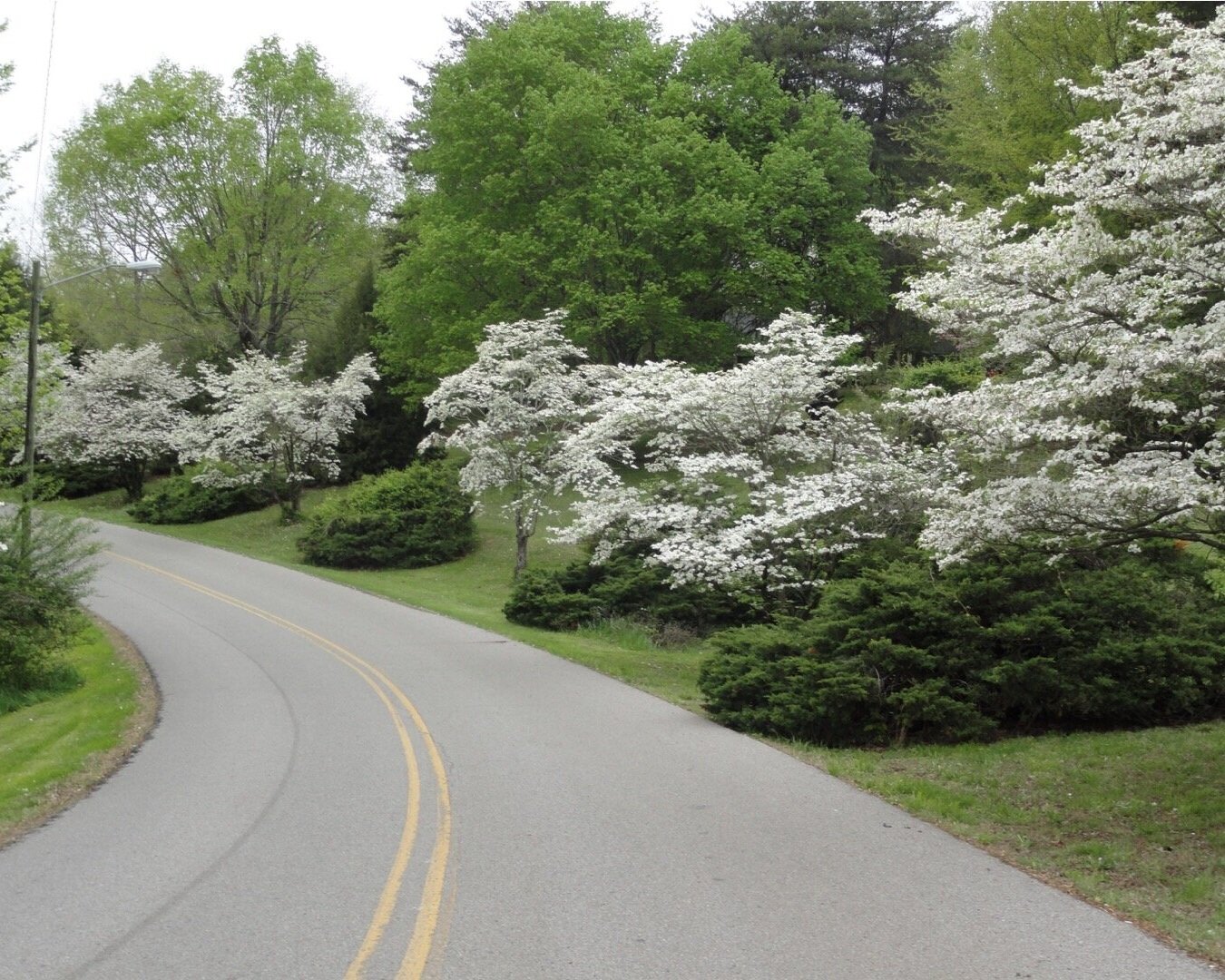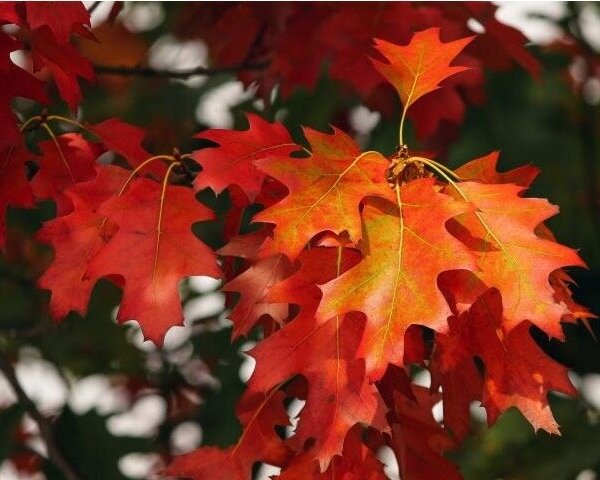Indiana Invasive Species Week - Day 1
SICIM Email
Indiana Invasive Species Week, April 19-25, 2020
Reposted from the Indiana Invasive Species Council Blog
I used to attempt to suppress the intense feelings that have rained over me when I experienced nature, (plants, birds, salamanders, the sound of thunder, the power of water, and our own amazing human bodies), but I finally gave away that notion and have since let it guide me to learn and appreciate life.
As we celebrate Indiana Invasive Species Week, I hope that by focusing not only on invasive species, but also on native species you can share the excitement and the call to action that nature inspires in myself and many others.
Over the next seven days we will compose a blog a day that will include the following:
A regulated terrestrial invasive plant in the Indiana Terrestrial Plant Rule (rule): 312 IAC 18-3-25,
A plant that is not regulated by the Rule but is still invasive in Indiana,
Alternatives that are native to Indiana that you may consider using in your landscape with a few plant-insect interactions for those native plants.
Plants I include are merely to whet your appetite and are not meant to limit plant selections for your landscape. The two attached resources are more comprehensive and provide a longer list of plants.
Let’s recall the definition of the term “invasive”– it is an alien species whose introduction does or is likely to cause economic or environmental harm or harm to human health. "Alien species" means, with respect to a particular ecosystem, any species, including its seeds, eggs, spores, or other biological material capable of propagating that species, that is not native to that ecosystem. Invasive species cause harm, therefore, avoid planting them and please manage them to decrease or eradicate infestations.
Please note I reference the USDA Plant Database for species’ names.
Invasive Landscape Plant Spotlight
Regulated terrestrial invasive plant: winter creeper (Euonymus fortunei)
Non-regulated terrestrial invasive plant: Callery pear (Pyrus calleryana)
Native alternatives for your landscape in Indiana
Ground covers:
Wild ginger (Asarum canadensis) – pollinator connection: flies
Jacob’s ladder (Polemonium reptans) - pollinator connection: bumble bees, solitary bees and beetles
Common wood sedge (Carex blanda) or rosy sedge (Carex rosea) – Carex species are considered host plants for butterflies and moth larva.
Trees:
Downy or Allegheny Serviceberry (Amelanchier arborea or A. laevis ) – pollinator connection: bees, beetles, flies and host for striped hairstreak
Flowering dogwood (Cornus florida) – pollinator connection: birds and butterflies and host for spring azure
Oaks (Quercus species) – Native oaks are powerhouses when it comes to providing for pollinators, as hosts for moth and butterflies, and providing food for birds and other wildlife. If you have room plant a native oak. Note that sawtooth oak (Quercus acutissima) is not native to Indiana and should be avoided.
Lastly, additional resources:
- Dawn Slack, Director of Stewardship with The Nature Conservancy In Indiana
Chair, Invasive Plant Advisory Committee
Project Coordinator, Indiana Invasives Initiative, SICIM
(Background photo of oak trees on the water by Dawn Slack)



